‘Not in the public interest’ to release modelling on car price hikes under emissions changes
The government has refused to release modelling showing how much car prices would increase under its proposed emissions changes.
On the Road
Don't miss out on the headlines from On the Road. Followed categories will be added to My News.
EXCLUSIVE
It would “not be in the public interest” to release modelling showing how much car prices would increase under proposed new carbon emissions standards, the Albanese government has told parliament.
Carmakers, industry experts and the federal opposition have warned that motorists can expect to pay up to $13,000 more for some of the most popular utes and SUVs under the changes slated to take effect next year.
Energy Minister Chris Bowen and Infrastructure Minister Catherine King have repeatedly insisted that the New Vehicle Efficiency Standard (NVES) will not affect price or availability, but Federal Chamber of Automotive Industries (FCAI) Tony Weber said he doesn’t “understand why they won’t release the modelling” if that is the case.
In a letter to the Senate in response to an order for the production of documents tabled by Nationals Senator Bridget McKenzie, Ms King said the modelling was protected by Cabinet confidentiality.
“The government claims public interest immunity over documents relating to the Senator’s request,” Ms King said in the February 12 letter.
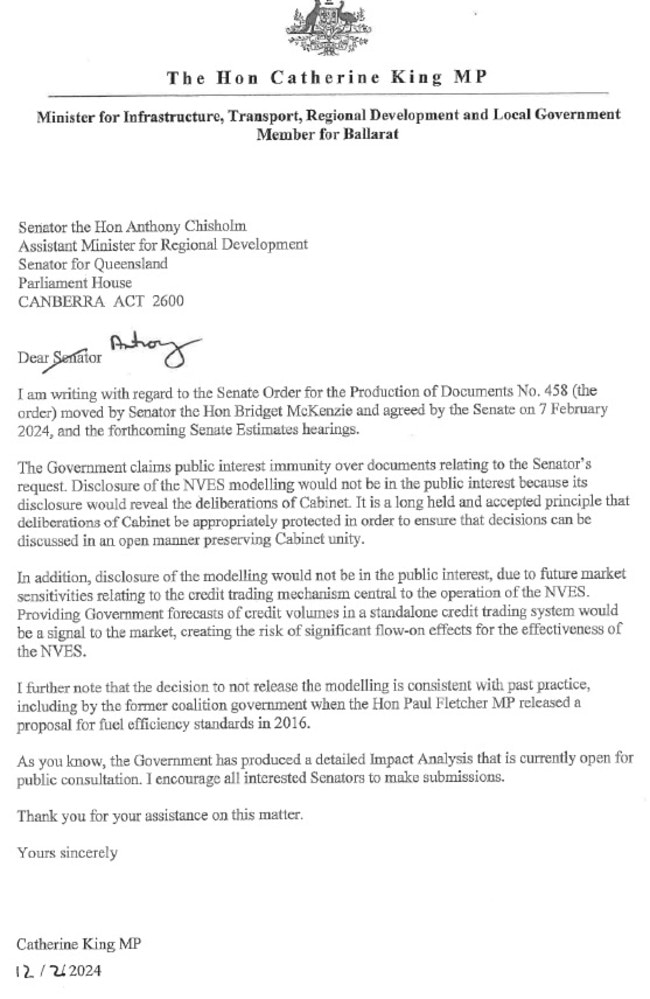
“Disclosure of the NVES modelling would not be in the public interest because its disclosure would reveal the deliberations of Cabinet. It is a long-held and accepted principle that deliberations of Cabinet be appropriately protected in order to ensure that decisions can be discussed in an open manner preserving Cabinet unity.”
Ms King said that “in addition, disclosure of the modelling would not be in the public interest, due to future market sensitivities relating to the credit trading mechanism central to the operation of the NVES”.
“Providing government forecasts of credit volumes in a stand-alone credit trading system would be a signal to the market, creating the risk of significant flow-on effects for the effectiveness of the NVES,” she said.
“I further note that the decision to not release the modelling is consistent with past practice, including by the former Coalition government when the Hon Paul Fletcher MP released a proposal for fuel efficiency standards in 2016.”
She added, “As you know, the government has produce a detailed Impact Analysis that is currently open for public consultation. I encourage all interested Senators to make submissions.”
Nationals Senator Matt Canavan, who crunched his own numbers and concluded the changes would raise the cost of the most popular car models by around $9000, described the letter as “spin” and said there was “no way” the government would release the modelling because it would “confirm everything the industry is saying”.
“They’re relying on this age-old Cabinet deliberations excuse, they say this document went to Cabinet so they don’t have to release it,” Mr Canavan told news.com.au.
“We would argue it’s not a blanket protection, you can’t just submit any old document to Cabinet and then say you can’t release it — but the reality is governments control what they release.”
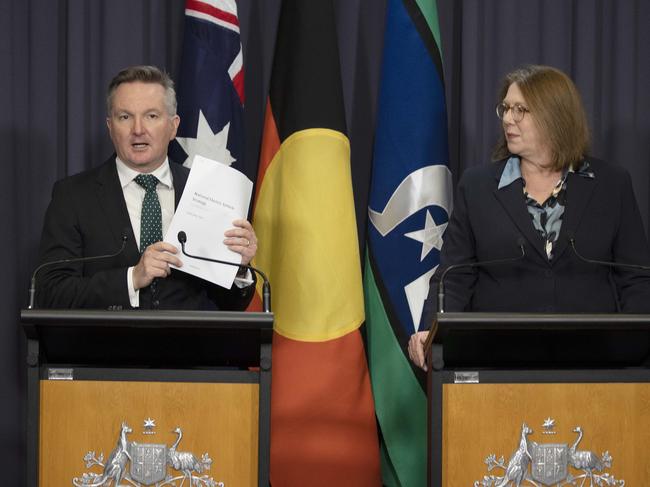
Ute owners face $13,000 hit
Figures compiled by the FCAI show top-selling car last year, Ford Ranger, would incur a penalty of $6150 under the proposed 2025 CO2 target and by 2029 the same vehicle — assuming no efficiency improvements in that time — would incur a penalty of $17,950.
The Toyota LandCruiser — the seventh most popular car last year — would incur the highest penalty out of the top 20 of $13,250, while the sixth-rating Tesla Model Y would incur a carbon credit of $15,390 under the new rules.
By 2029, the same LandCruiser would incur a penalty of $25,050.
The carbon penalty incurred in the first year by Australia’s other top five cars, the Toyota HiLux, Isuzu Ute D-Max, Toyota RAV4 and MG ZS, would be $2690, $2030, $2720 and $3880, respectively.
By the end of the decade, those penalties would rise to $14,490, $13,830, $11,020 and $12,180.
The FCAI’s figures, which assume the same drive-train or engine as 2023 with no improvement, are based on the highest CO2 emitting variant of each model, compared with the proposed CO2 targets at the penalty rate of $100 per gram.
“Consumers have two fundamental options — you can buy the vehicle that you want and if it doesn’t have the drive-train that meets the target as mooted you will pay the penalty,” Mr Weber said on Saturday.
“The second option is you could substitute where they’re available to a more sophisticated drive-train that provides you with a better fuel efficiency. Typically in the future that will be EVs.”
Mr Weber said the industry hoped “there are changes to the proposed standards”.
“If it goes through as formulated the impact on consumers will be enormous, particularly in two ways — the increased purchase cost of the vehicle and the availability of product in market segments,” he said.
The new emissions standards do not ban any particular model, but instead penalise car brands if the average emissions of all new vehicles they sell is higher than a cap, which will reduce each year until the end of the decade.
As a result, manufacturers will be forced to sell more zero and low emissions models, or cut back on the sale of popular ute and SUV models, to avoid being hit with fines for breaching the mandatory pollution caps.
Speaking to reporters earlier this month, Mr Bowen predicted “a few scare campaigns”.
“It’s not a restriction on what Australians can buy,” he said.
“You can still buy a ute, an SUV, whatever you like … In countries with vehicle efficiency standards [like the US and New Zealand], utes and SUVs are often the top-selling car. That’s up to Australians, but we’d like to see Australians have more choices within that.”
Asked what the impact would be on “the prices of actual cars”, Ms King said “none”.
“The good thing is that there has been years and years of actual real life experience in countries all around the world,” she said.
“And so the international evidence is that it does not have an impact on price. I have no doubt we are going to hear all sorts of nonsense from the opposition, from a range of other stakeholders about this. We’re going to hear that utes are banned. That is not true … We’re going to hear about price. Again, not true. None of the evidence — there is just no evidence to say that it will affect price at all, SUVS or utes or any other vehicle.”
Mr Weber said Mr Bowen was “providing a scenario in which it’s just a win-win”.
“If that’s the case why wouldn’t you release the modelling so we’ll have comfort that we can live in such a wonderful world moving forward?” he said.
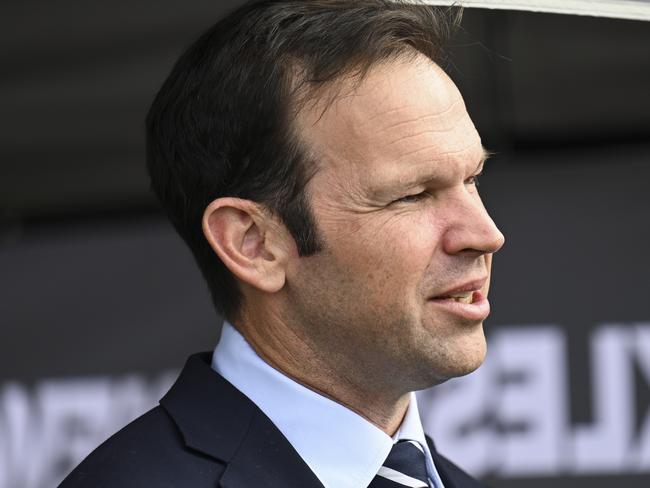
‘Going to be really difficult’
James Voortman, chief executive of the Australian Automotive Dealer Association (AADA), said the emissions standards “are just going to be really, really difficult to achieve”.
“We’re asking manufacturers to reduce their emissions by 60 per cent over only five years and if they fail to do that they risk incurring large fines, and those large fines could well end up leading to more expensive vehicles,” he said.
Paul Maric, founder of CarExpert.com.au, said the problem at the moment was “the equivalent EV of any internal combustion vehicle is always more expensive, and EV utes will be significantly more expensive than what we’re buying now but also less capable in terms of load capacity”.
“Effectively you’re going to be charging Australians more money for the ute they need for work and giving them less,” he said.
Low-emissions variants currently sold in markets such as Europe often were more expensive to service due to more complex technology, he added.
Meanwhile, manufacturers such as Ford or Toyota, which only has one full EV coming down the pipeline this year, would be slapped with millions of dollars in unavoidable carbon penalties.
“That cost is going to flow down to the consumer,” Maric said.
On Monday, Mitsubishi Australia chief executive Shaun Westcott said the Japanese manufacturer — which had two of the top 20 most popular vehicles last year with the Outlander SUV and Triton diesel ute — was yet to model the impact of the changes but stressed it was not immune from market forces.
“Mitsubishi does have a portfolio that includes plug-in hybrid models, ASX [compact SUVs] and smaller cars,” he told Drive.
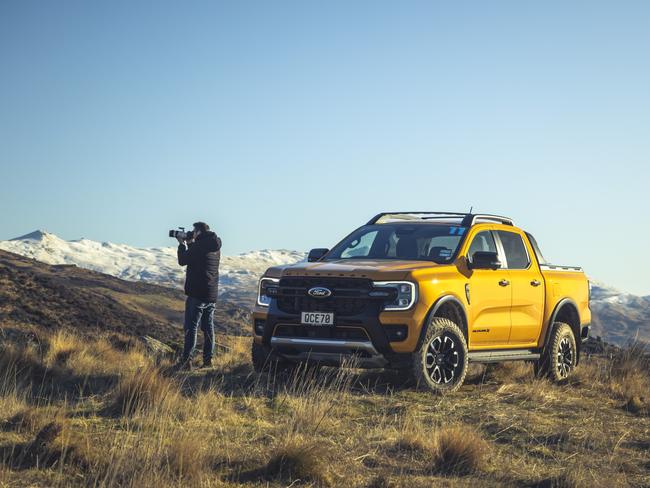
“And there is opportunity to offset within there. We have a portfolio of cars. We haven’t yet modelled where that falls out and what that means [for meeting the targets]. We are not a state-subsidised company. We are private industry, which has to survive by making a profit.”
He added, “Ultimately, the price of the car will have to cover that equation. And if the current equation doesn’t cover that [profit], then there may have to be an increase in prices of cars somewhere.”
Sean Hanley, vice president of national sales, marketing and franchise operations at Toyota Australia, said the carmaker “supports the introduction of a mandatory fuel-efficiency standard that is ambitious, doesn’t leave Australians behind, is calibrated to the Australian market and allows carmakers to determine the appropriate mix of technologies to achieve it”.
“This will have a direct effect on the vehicles that consumers choose to purchase and drive, encouraging access to vehicles with lower and zero CO2 tailpipe emissions technologies,” he said in a statement.
“Australian consumers have shown they will purchase vehicles that meet their work and lifestyle needs while being practical, capable and affordable — requirements that continue to apply when seeking to reduce their carbon footprint.”
He continued, “Toyota’s long-term strategy, therefore, involves a multi-pathway approach — delivering a range of technologies that support decarbonisation while leaving no-one behind. We welcome the opportunity to review the federal government’s announcement and will carefully consider our response.”
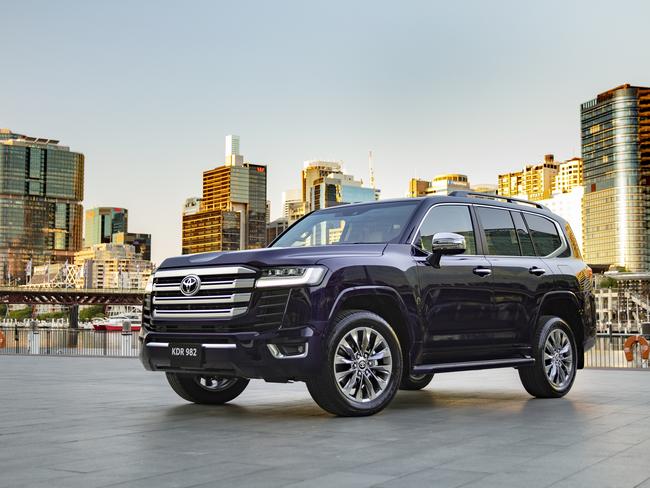
A spokesman for Mazda Australia said the carmaker “shares a common vision to reduce carbon emissions from all vehicles sold within Australia, while advocating for a realistic transition via a suitable fuel efficiency standard, that encourages consumers to consider low or zero carbon emitting technologies”.
“This is demonstrated by our commitment both globally and domestically to reduce carbon emissions and their effect on the environment, as evidenced by the consultation and engagement we have undertaken over several years with both state and federal governments as part of the FCAI,” he said.
“Mazda Australia encourages the federal government to ensure the affordability and mobility needs of consumers are considered throughout the consultation period for a proposed New Vehicle Efficiency Standard.”
He said Mazda was bringing in a range of new electrified models between now and 2035, including hybrid electric vehicles, PHEVs and BEVs and that “by 2030, 100 per cent of Mazda products will be electrified, and pure-electric vehicles will account for at least 25 per cent of the line-up”.
A spokeswoman for Ms King said the consultation process was open until March 4 “and we welcome all stakeholders to have their say”.
“Eighty pages of analysis, information and options were released on February 4,” she said.
“The government is now engaging with industry as we finalise this important policy to deliver more choices to Australian car buyers. This is part of the formal process of policy formation, as overseen by the Office of Impact Analysis.”
She said the Coalition “did the exact same thing in 2016 when they released a Draft Regulatory Impact Statement on improving the efficiency of light vehicles”.
“At that time the research was summarised in the report, but was not separately released,” she said.
“That report led to the Member for Bradfield [Mr Fletcher] to say in 2018, ‘When fuel efficiency standards were introduced in the US, the most popular models before introduction stayed the most popular models after introduction…what we’d call utes, there wasn’t a material change in price and we don’t expect there would be a material change in price here.’”
Originally published as ‘Not in the public interest’ to release modelling on car price hikes under emissions changes





